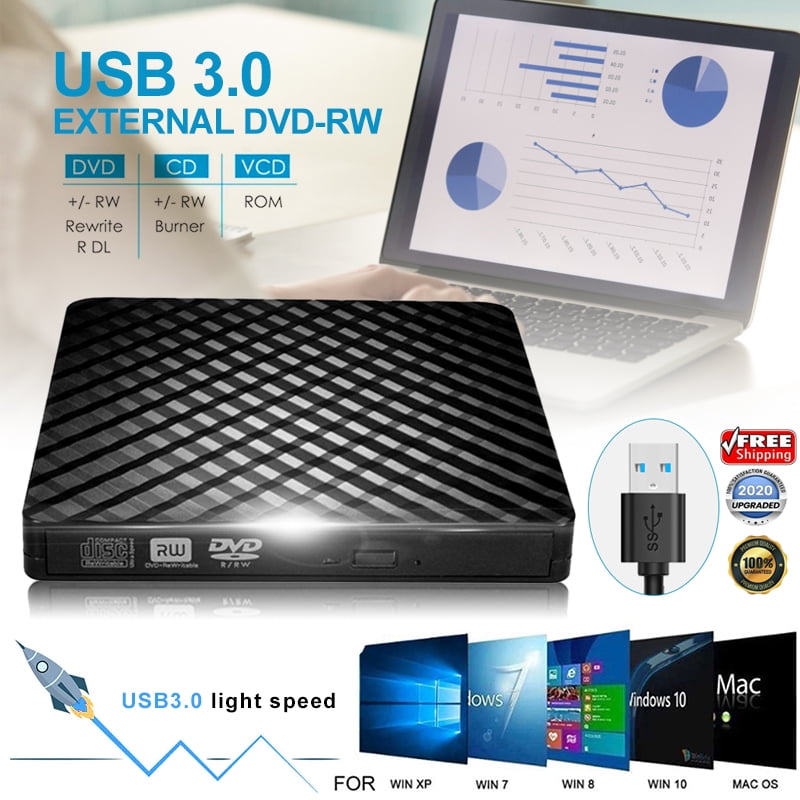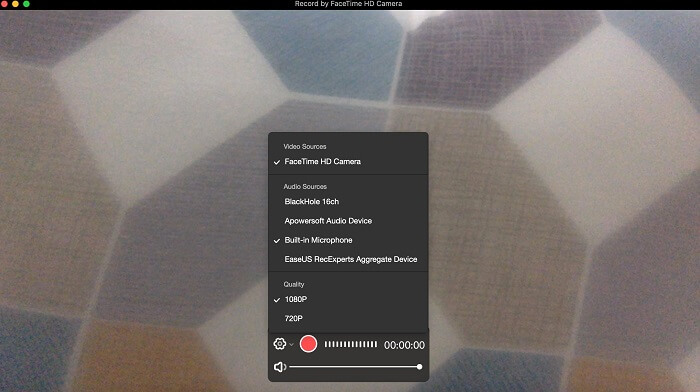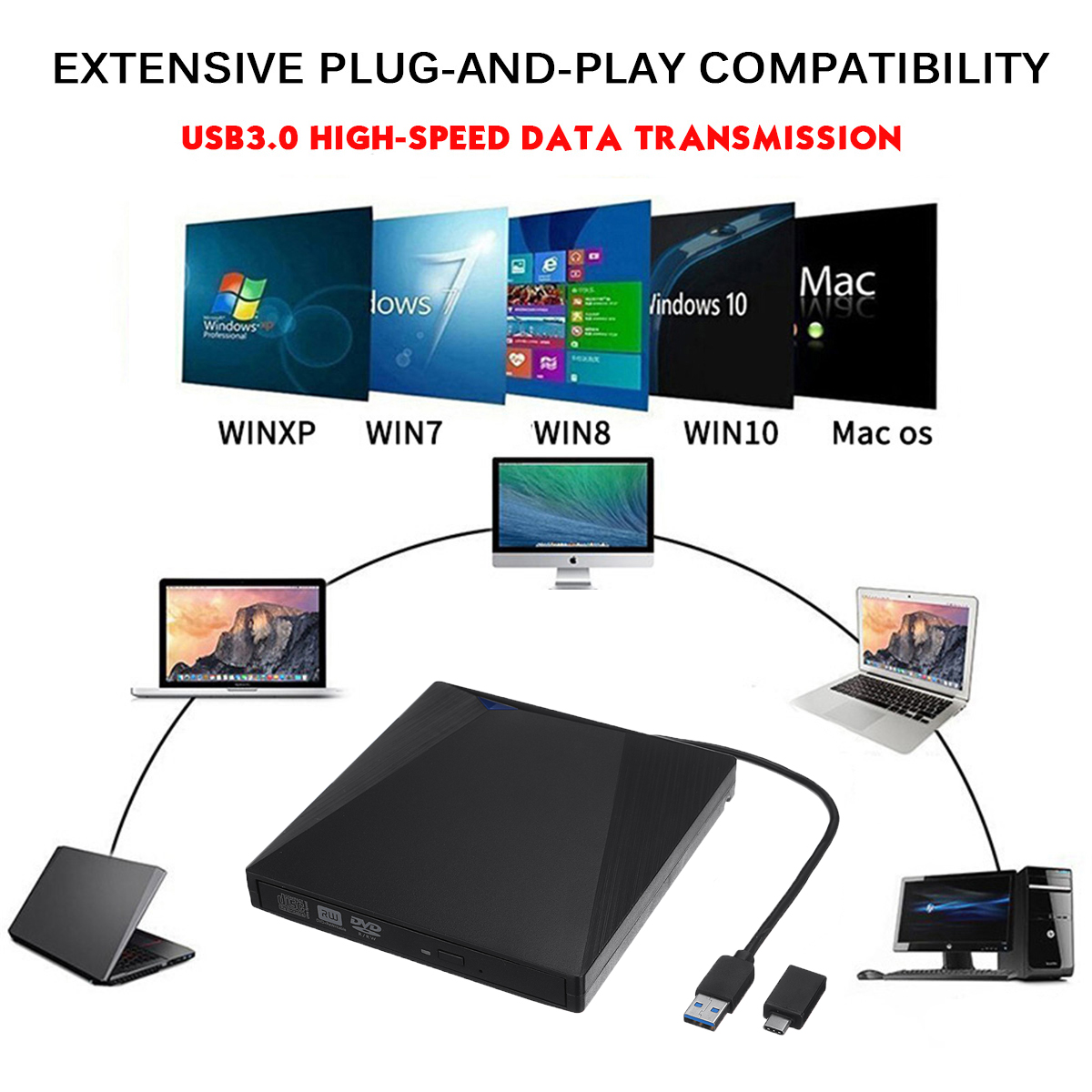

As with the video footage, this is primarily a case of having more space dedicated on the screen, lower levels of compression and a wider range of settings and connectors. Similarly, external recorders often have better audio capture capabilities than those baked into the mass-market capture formats used in many cameras. The latest recorders support Raw footage over SDI which means the recorder can continue to serve you if you move beyond your current camera.
#EXTERNAL VIDEO RECORDER FOR MAC PRO#
Other cameras, notably Panasonic's GH4 and 5, will output 10-bit footage and can't capture their very highest quality footage internally.Įxternal recorders also often support SDI connectors, a more robust type of connection typically used on pro video cameras. Meanwhile the Fujifilm X-T2 will only output Log footage over its HDMI socket. As a result, you can capture video with fewer compression artifacts, and usually in formats that work smoothly with major editing software, such as Apple's ProRes and Avid's DNxHD and HR.įor example, most cameras output a more detailed 4:2:2 stream over HDMI, rather than the simpler 4:2:0 footage they can themselves capture and compress. So, while they can't improve the level of detail that your camera initially captures, they leverage the fact that your camera often captures more detail than can be recorded using the internal codec. "As the two-part descriptor suggests, there are two main benefits to using an external recorder: to get a bigger, more informative preview as you shoot and to capture better quality footage."Įxternal recorders, by contrast, are dedicated video capture devices built by companies that specialize in video capture. H.264 is a common example of a GOP codec.
#EXTERNAL VIDEO RECORDER FOR MAC FULL#
This typically means heavily compressed video, usually using what's known as a GOP (group of pictures) video codec, which only records a full image at select key frames while interpolating the in-between images based on changes between frames. Also, for the most part, they're designed to produce amounts of data that are manageable by consumers, and at bit rates compatible with (relatively) slow memory cards. Understandably, most stills/video cameras have processors designed primarily for stills, and they also have to make significant compromises in the name of battery life and thermal management, since video isn't their primary role. In terms of recording, the benefits come from a number of factors. Why would I want an external monitor/recorder?Īs the two-part descriptor suggests, there are two main benefits to using an external recorder: to get a bigger, more informative preview as you shoot and to capture better quality footage.

We'll be shooting with a couple of the more common models over the coming weeks to see how they compare, but first we wanted to give an overview of why you'd even consider using one.

The more you shoot video, the more you're likely to encounter (and find yourself needing) tools that are rarely provided on stills/video cameras. However, others find it opens up creative challenges every bit as satisfying as stills photography.

Not everyone wants to shoot video, so it may seem unthinkable to spend around $1000 on an external video monitor/recorder.


 0 kommentar(er)
0 kommentar(er)
